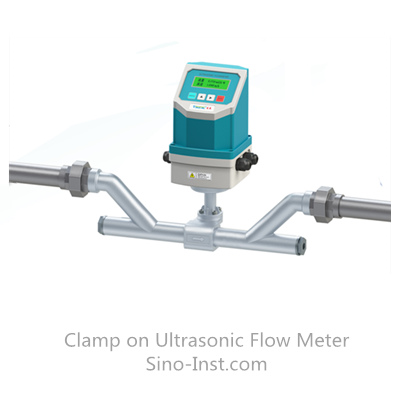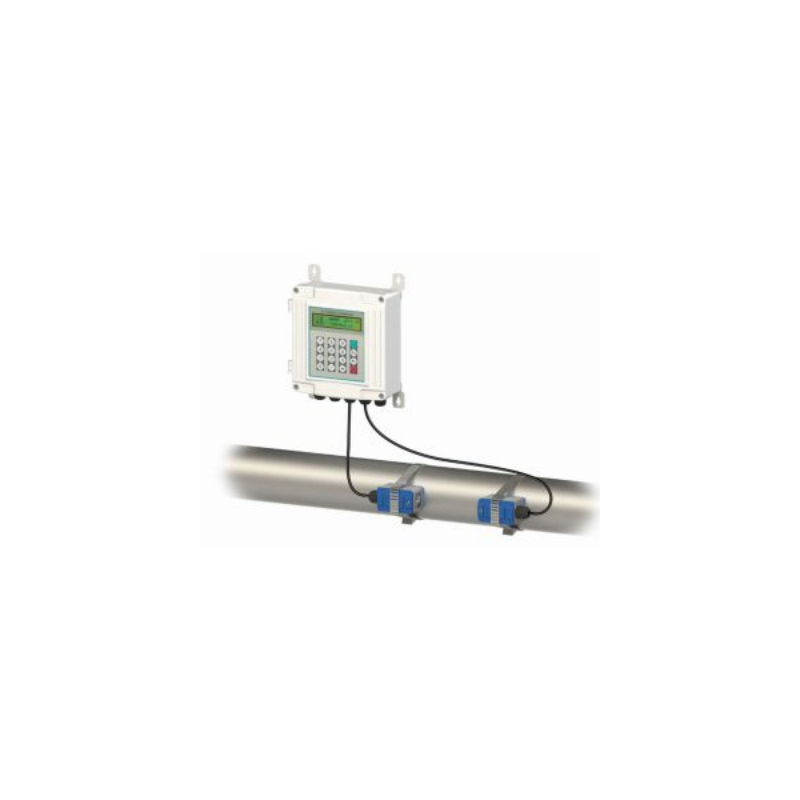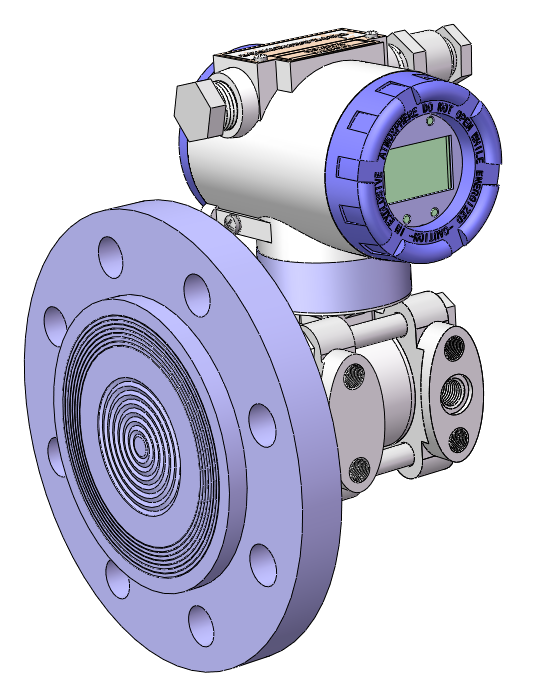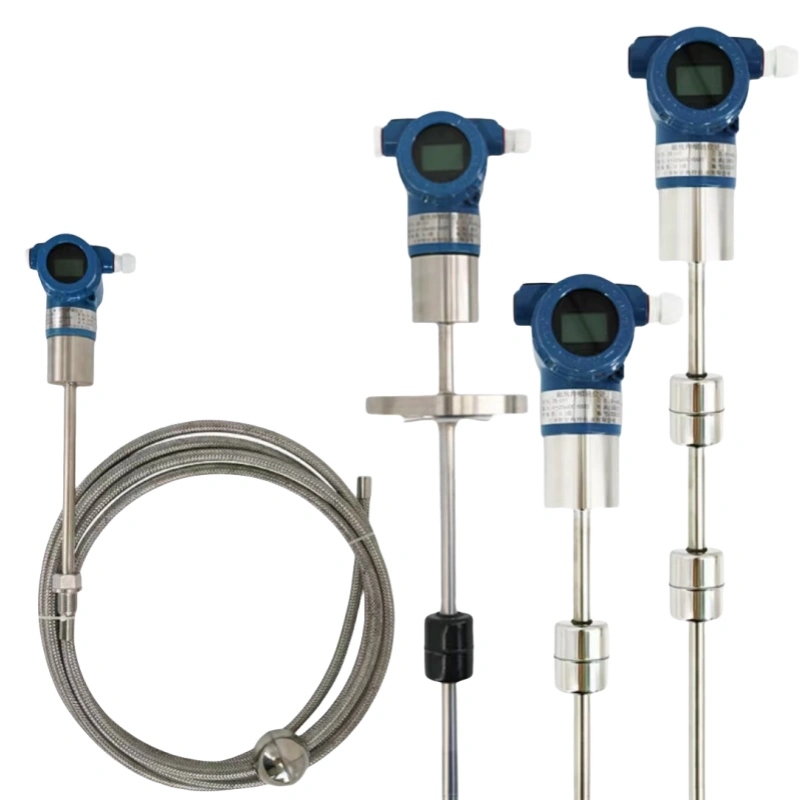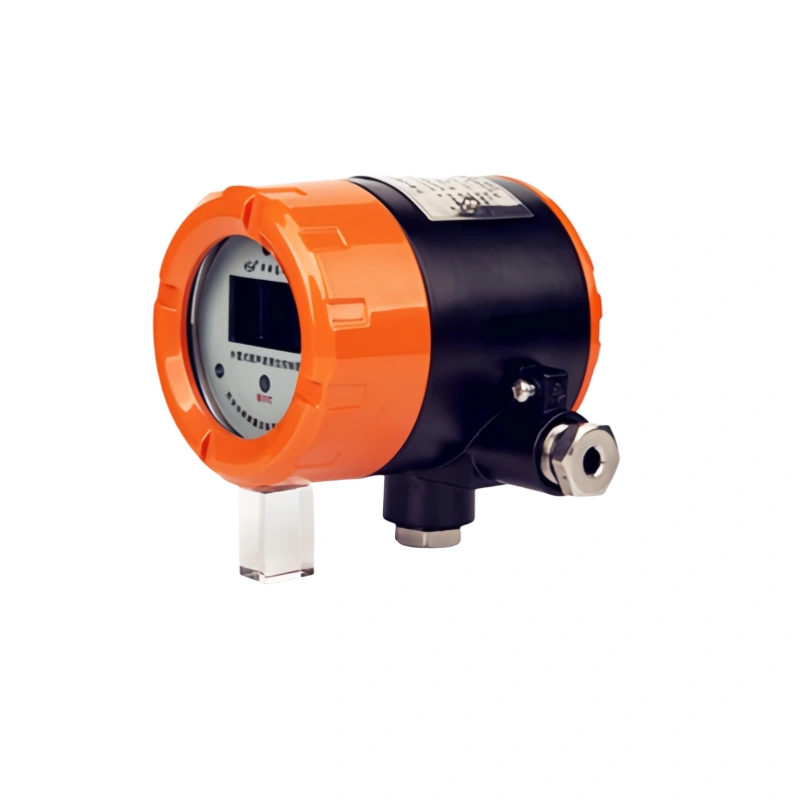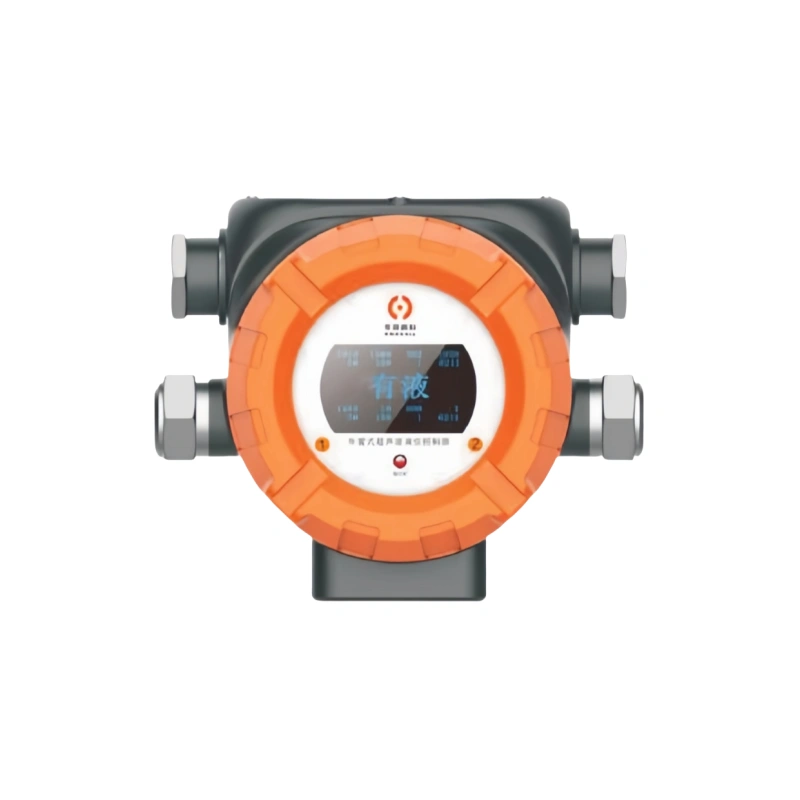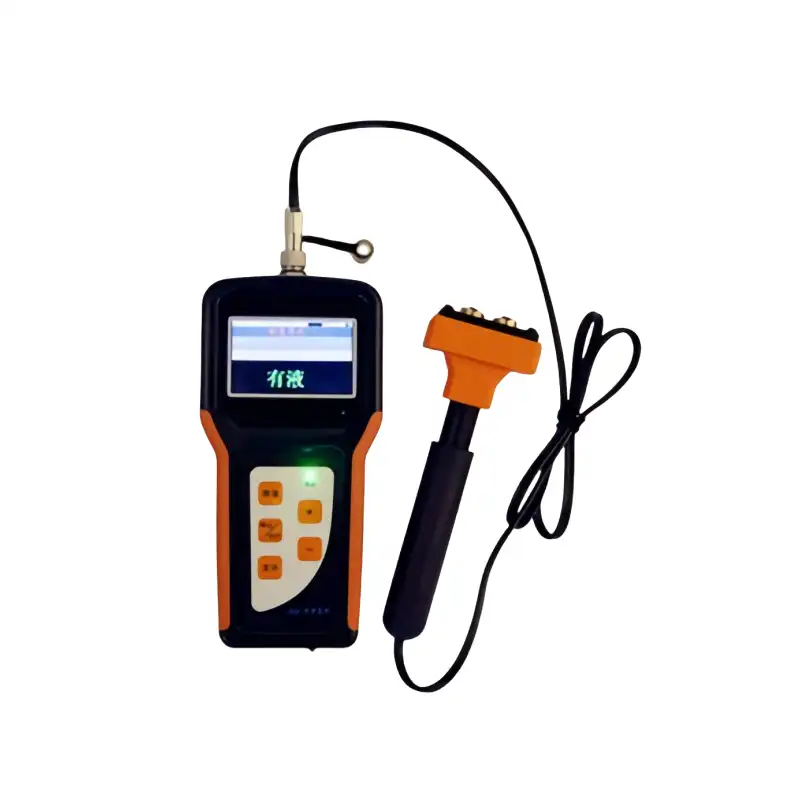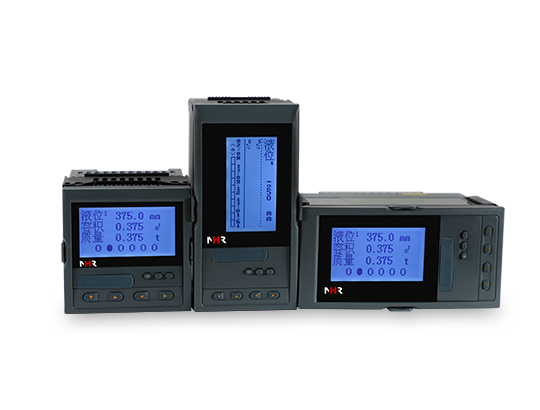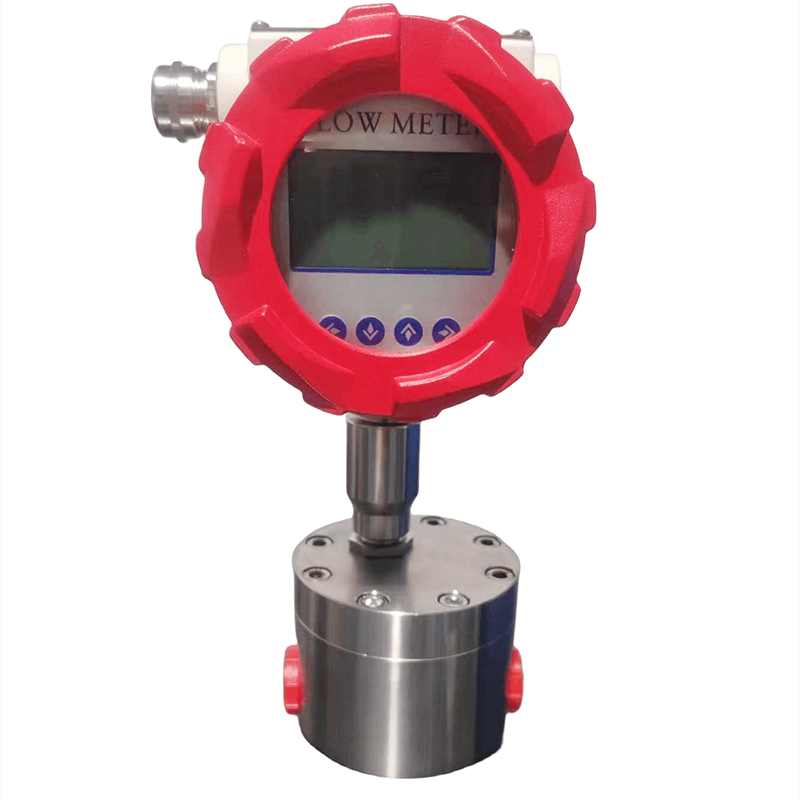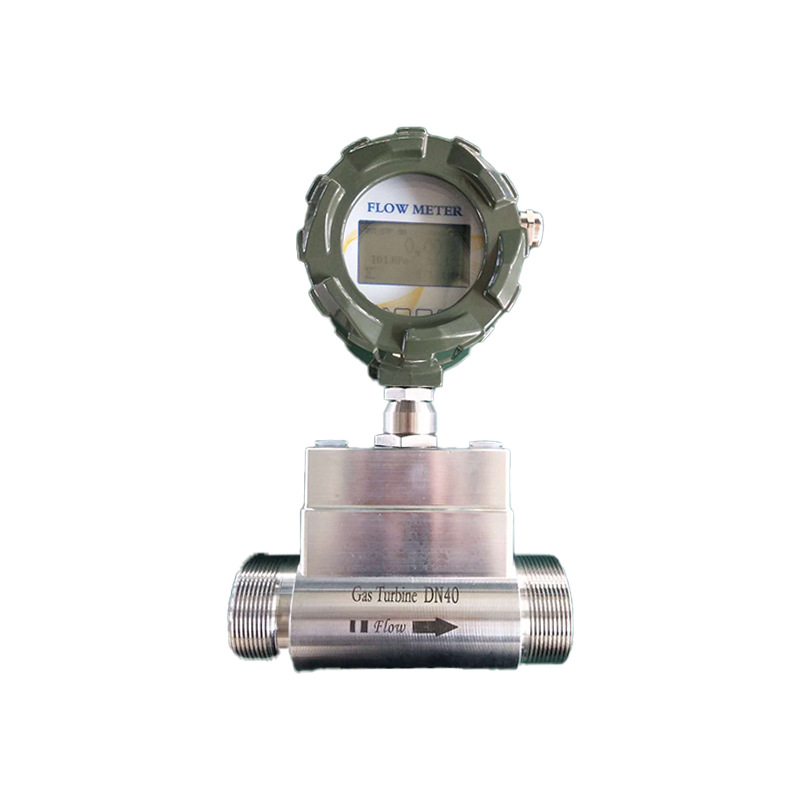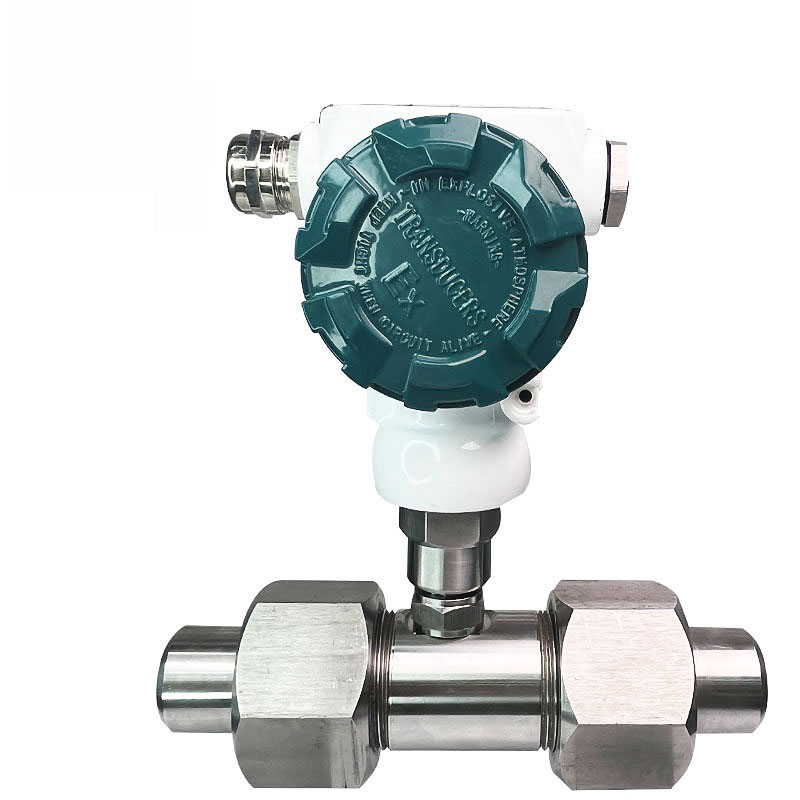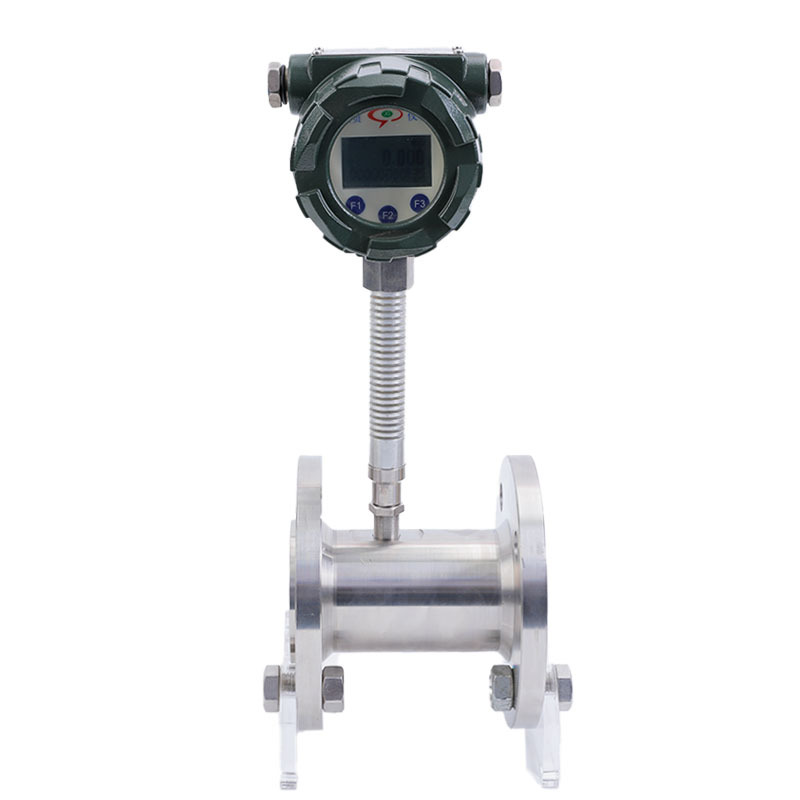What is an Ultrasonic Clamp-On Flow Meter?
Ultrasonic flow meter is a non-invasive flow sensor used to measure the volume flow of liquids. It uses acoustic vibration to measure the flow rate of liquids.
Ultrasonic clamp-on flow meters use sound waves to measure fluid flow in a pipe. It attaches to the outside of the pipe without interrupting the process. And it measures the velocity of the fluid without cutting or draining the pipe.
Ultrasonic flow meters can be used for various pipe sizes and fluid types. Ordinary transit-time ultrasonic flow meters are suitable for clean single liquid media. Special Doppler ultrasonic flow meters. Suitable for liquid media with a small amount of impurities (particles, bubbles). These flow meters are also very suitable for applications requiring low pressure drop, chemical compatibility and low maintenance.
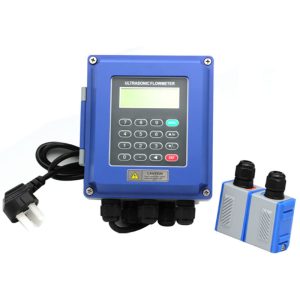
Working Principle of Clamp-On Flow Meter
A clamp-on flow meter is an ultrasonic flow meter classified according to the installation form of the flow sensor. It performs non-invasive fluid flow measurement by using ultrasonic waves that pass through the pipe wall. The time difference or frequency shift of the reflected signal is analyzed to determine the flow rate.
Ultrasonic clamp-on meters measure the velocity of a fluid flowing through a pipe in two ways: transit time or Doppler technology.
Transit time techniques measure the time it takes for a signal to propagate upstream (upstream) and downstream (downstream). The difference in propagation time is proportional to the velocity of the fluid.
Doppler technology transmits ultrasonic waves into the fluid. They are then reflected back to the sensor by particles or bubbles in the flowing fluid. The change in frequency between the transmitted and received waves (Doppler shift) is used to calculate the flow velocity.
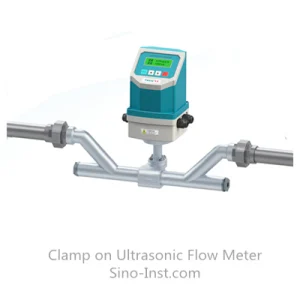
Application of Clamp-On Ultrasonic Flow Meters
Clamp-on flow meters provide ideal solutions for many other technical applications. They can be applied in various industries such as water treatment, oil and gas, and chemical processing.
The following is a more detailed introduction to ultrasonic flow meter applications:
- Water & Wastewater: Measures flow in water treatment plants, water distribution systems, and wastewater treatment facilities.
- Oil & Gas: Monitors pipeline flow, metering, and process control in the oil and gas industry.
- Chemical Industry: Measures flow of chemicals, acids, and solvents in various chemical processes.
- Food & Beverage: Monitors flow in food processing, beverage production, and related applications.
- Sanitary & Corrosive Liquids: For applications involving sanitary, corrosive, and abrasive liquids. Other technologies may not be compatible.
- Cryogenic Liquids: Certain models can be used with cryogenic liquids.
- Petroleum: For use in petroleum applications.
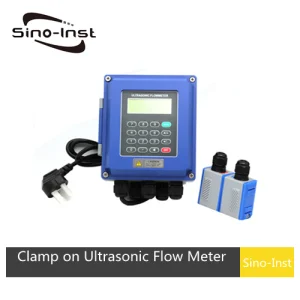
Comparison between Ultrasonic Flow Meter and Magnetic Flow Meter
Although the price of both flow meters is similar, they differ in some ways.
Ultrasonic Flow Meter | Magnetic Flow Meter | |
Differences | Use sound waves to measure flow Measures non-conductive media, including fluids with high particle or gas content Accuracy may vary depending on fluid type and application | Based on Faraday’s law Suitable for conductive liquids, including corrosive or abrasive liquids Has the minimum conductivity required for the normal operation of the medium |
Both | Both types of flow meters are used to measure liquids High accuracy Wide range of applications Suitability for hazardous areas Bidirectional measurement Roughly the same price No moving parts Lower maintenance and long life | |
Advantage | Non-invasive measurement, no need to insert into pipes in some cases. Can measure various fluids, including non-conductive fluids. Can be installed on various hard and uniform pipes. (Max DN6000) | High accuracy for conductive fluids. No moving parts, low maintenance. Can measure a wide range of flow rates. |
Disadvantage | Accuracy will be affected by factors such as pipe condition, fluid properties and flow characteristics. May not be suitable for applications with very high solids content or air bubbles. | Only for conductive fluids. Must meet the straight pipe section requirements for installation |
How Accurate is a Clamp-on Ultrasonic Flow Meter?
Clamp-on ultrasonic flow meters typically achieve accuracy levels of ±1% of the flow reading. They are also repeatable, typically around 0.2% to 0.3%. They maintain accuracy over a wide range of flow applications. They have higher extended low-flow accuracy than mechanical meters. However, pipe material, wall thickness, and surface roughness can affect accuracy.
These meters use transit time technology. This samples the flow curve 80 times per second, providing high-resolution flow data. This results in stable and repeatable readings. Because there are no moving parts to impede flow, these meters do not generate a vortex, which can vibrate and damage the flow meter probe, affecting the meter reading.
More accurate ultrasonic sensors can achieve 0.1 – 0.2% of their detection range with fully controlled conditions. Most good ultrasonic sensors can achieve a precision, between 1% and 3%.
Advantages and Disadvantages of Ultrasonic Clamp-On Flow Meter
Ultrasonic clamp-on flow meters offer non-intrusive, portable flow measurement with minimal maintenance. However, they may have limitations in terms of accuracy, especially with certain fluid or pipe conditions.
Advantages of the ultrasonic flow meter:
- Non-intrusive: Clamp-on meters are externally attached to the pipe. No process shutdown, pipe modification or welding is required. This saves time and money.
- High accuracy: They provide accurate flow measurement. Some models have an accuracy of ±0.5% and repeatability performance of ±0.2%.
- Wide range of applications: They can be used in various industries and for different types of fluids.
- Low maintenance: They have few moving parts. Therefore, they can be used for a long time with little maintenance with reduced wear.
- Cost-effective: They are cost-effective, especially the clamp-on models. Reduce the cost of measuring large-diameter pipes.
- Versatile: They can be used with a variety of hard and uniform pipes.
Disadvantages of the Ultrasonic Flow Meters
While ultrasonic flow meters are extremely useful in a variety of applications across multiple industries, they are far from a perfect solution.
- Accuracy limitations: They may not achieve the same accuracy as high-precision in-line meters. Especially in custody transfer applications.
- Fluid type limitations: They may have difficulty with very low or high viscosity fluids. Or liquids containing a large number of solid particles or bubbles.
- Pipe material and thickness: The type and thickness of the pipe material can affect the transmission of the ultrasonic signal. Thus, it may affect accuracy.
- Sensitivity to contamination: They are sensitive to contamination. Such as entrained gas, sediment and water.
- Higher initial cost: Compared with some other flow meter technologies. Ultrasonic flow meters can have a higher upfront cost.
- Requires a straight pipe run: They require a straight pipe run to ensure a flow profile that is favorable to the ultrasonic operating principle.
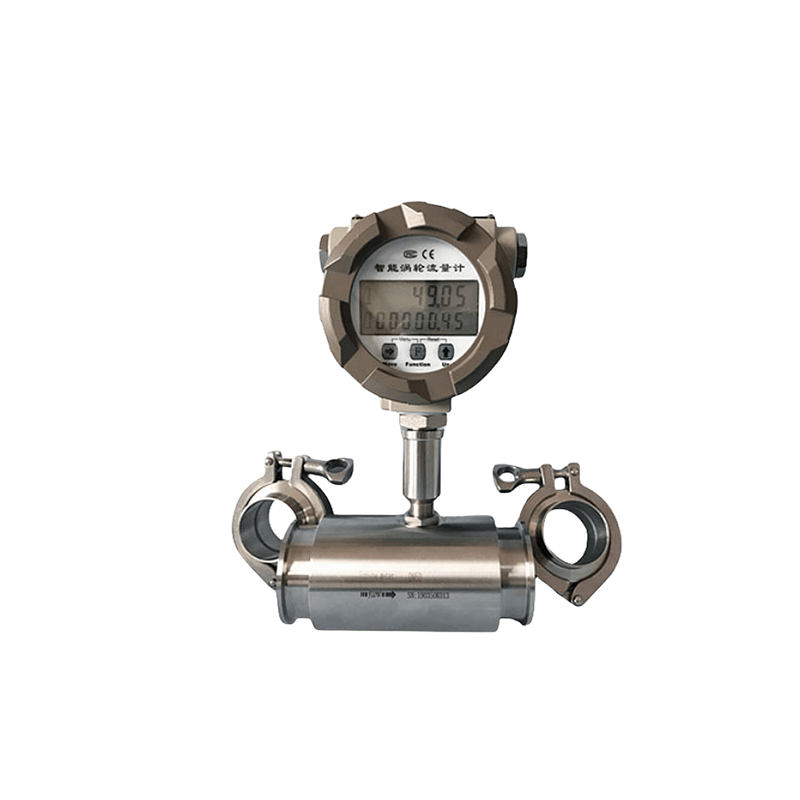
Precautions When Using a Clamp-on Flow Meter
When using a clamp-on flow meter, safety should be your top priority. Ensure proper installation, follow the manufacturer’s instructions, and be aware of potential accuracy limitations and environmental factors.
- Installation and preparation: Ensure the pipe surface is clean, smooth and dry for optimal sensor contact and accurate readings. Remove any paint, corrosion or debris that may interfere with the ultrasonic signal.
- Sensor placement: Install the sensor on a straight section of the pipe, away from elbows, valves or other interferences that may affect the flow pattern.
- Direction: Install the flow meter in the correct direction. Consider the flow direction indicated by the arrow on the meter body.
- Fluid conditions: Verify that the measured fluid is a single-phase fluid (liquid or gas). And that the pipe is filled to avoid bubbles or cavitation affecting the reading.
- Temperature: Check the temperature range of the meter and make sure it is appropriate for the measured fluid. Because the ultrasonic transmission time calculation is temperature-dependent.
- Pipe ID: Ensure the pipe inside diameter (ID) is correct for accurate flow calculations.
- Electrical safety: Be careful when using electrical equipment, especially in humid environments.
- Environmental conditions: Avoid using the meter in direct sunlight or extreme temperature environments.
- Accuracy Limitations: Please note that clamp-on flow meters are susceptible to errors caused by pipe conditions, fluid properties, and external vibrations.
- Pipe Condition: Corrosion, scale, or debris buildup inside the pipe can affect the accuracy of the readings.
Ultrasonic clamp-on flow meters measure fluid flow in applications. These meters are easy to install, require no process shutdown, are accurate, and are versatile. They are suitable for a wide range of industries, fluids, and pipe thicknesses. For decades, ultrasonic clamp-on flow meters have been the leading meters in building design and construction, HVAC, facilities and property management, water and wastewater treatment, and water supply industries.
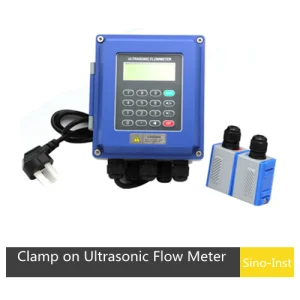
Sino-Inst’s clamp-on flow meters are designed to be a breeze to install and remove, and provide the right measurement solutions. Enable your team to work more efficiently and check flow in virtually any section of the pipeline. If you have any questions or needs, please feel free to contact us.


